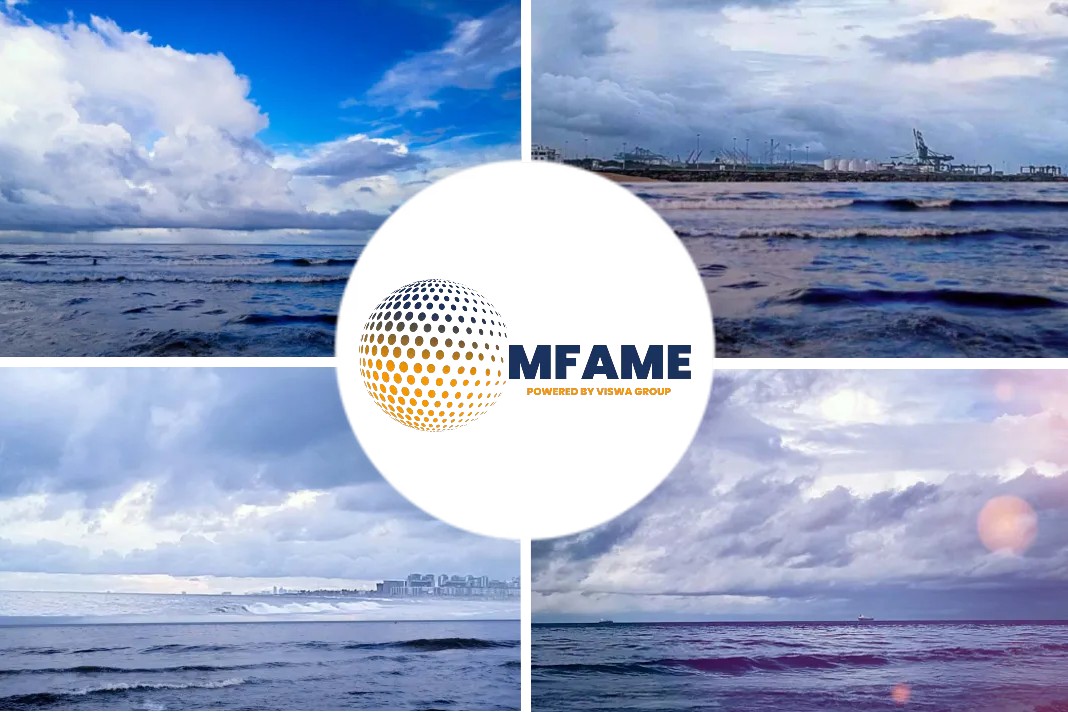
Freight Rates Expected to Rise as Contract Season Ends and Labor Issues Persist, reports a GCaptain news source.
A slight increase of 0.3% week-on-week as carriers
The Shanghai Containerised Freight Index (SCFI) experienced a slight increase of 0.3% week-on-week as carriers aim to strengthen spot rates during the conclusion of Transpacific contract negotiations, pointing to an uptrend in freight rates in the near term, according to HSBC Global Research.
Several shipping lines have announced general rate increases on the transpacific head haul route, effective from May 1st. However, the sustainability of these rates depends on capacity discipline and the realization of anticipated demand recovery in the second half of the year, HSBC said.
Labor issues at US West Coast ports continue to create uncertainty, despite the International Longshore and Warehouse Union (ILWU) announcing a tentative agreement with the Pacific Maritime Association (PMA) on key issues. The ongoing lack of a final agreement since July 2022 is expected to encourage cargo owners to sign contracts at above-spot rates in order to secure reliable service during a potential demand recovery, according to HSBC.
Beneficial cargo owners
“While this is mildly positive, we think that the lack of a final agreement since the expiry of the contracts in July 2022, would remain an overhang. We think this could encourage beneficial cargo owners to sign contracts above spot rates levels and secure capacity to ensure service reliability during a potential recovery in demand,” HSBC said.
The report notes that Taiwanese shipping line Evergreen has reported that contract rates are being signed at above-spot levels, though with lower committed volumes.
Meanwhile, the dry bulk shipping sector is “waiting a demand pickup.” China’s steel and cement output grew in March, driven by demand recovery expectations. However, the property industry showed signs of weakness, with new floor area starts declining 29% year-on-year. With a decade-low orderbook of 7%, HSBC expects that dry bulk TCE rates are unlikely to remain at current levels for long, and any increase in demand should trigger a surge in freight rates.
HSBC’s report notes mixed performance among dry bulk and tanker rates, with the Baltic Dry Index and the Baltic Dirty Tanker Index declining week-on-week, while the Baltic Clean Tanker Index has risen 8% w-o-w.
Did you subscribe to our daily Newsletter?
It’s Free! Click here to Subscribe!
Source: GCaptain















